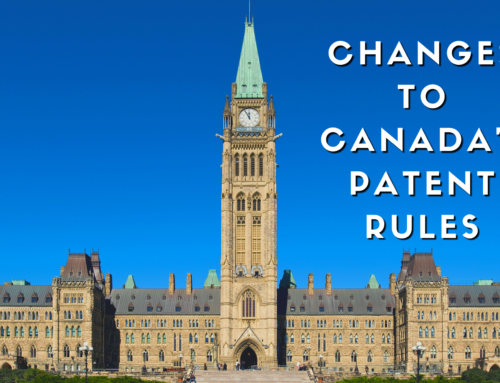On June 17, 2022, in the case of Benjamin Moore & Co. v. Canada (Attorney General), 2022 FC 923 (hereinafter “Benjamin Moore”), Justice Gagné reaffirmed the Federal Court’s position that a patent’s claims should be construed on the basis of “purposive construction” and provided a test for patentability for computer-implemented inventions.
In short, the Appellant, Benjamin Moore & Co., appealed two decisions from the Commissioner of Patents, who had found that two of the Appellant’s pending patents, Patent Application Nos. 2,695,130 and 2,695,146 (the Appellant’s Patent Applications”) did not comprise patentable subject matter. The Appellant’s Patent Applications are directed to a “a computer-implemented colour selection method that uses experimentally derived relationships for colour harmony and colour emotion”. The Commissioner determined that the essential elements of the Appellant’s Patent Applications were a mere abstract theorem, and therefore not patentable under Section 2 of the Patent Act.
In the Benjamin Moore, the Court cited Whirlpool, Free World Trust, Amazon and the recent Choueifaty decision to indicate that the approach used by the Commissioner; namely, the problem-solution approach, is incorrect and that the correct approach is the well-established purposive construction test.
The Court chose it proper to provide instructions to the Commissioner, and accepted a test proposed by the Intellectual Property Institute of Canada (IPIC) as an Intervener, that an Examiner, when reviewing the claims, should:
a. purposively construe the claim;
b. ask whether the construed claim as a whole consists of only a mere scientific principle or abstract theorem, or whether it comprises a practical application that employs a scientific principle or abstract theorem; and
c. if the construed claim comprises a practical application, assess the construed claim for the remaining patentability criteria: statutory categories and judicial exclusions, as well as novelty, obviousness, and utility.
The Court then remitted the matter back to the Commissioner for reconsideration with direction on this new framework, although the Commissioner may still appeal the Federal Court’s decision.
This reaffirmation of the purposive construction test and enhanced guidance for CIPO Examiners should provide Applicants filing computer-implemented inventions with a clearer path to patentability.






Leave A Comment